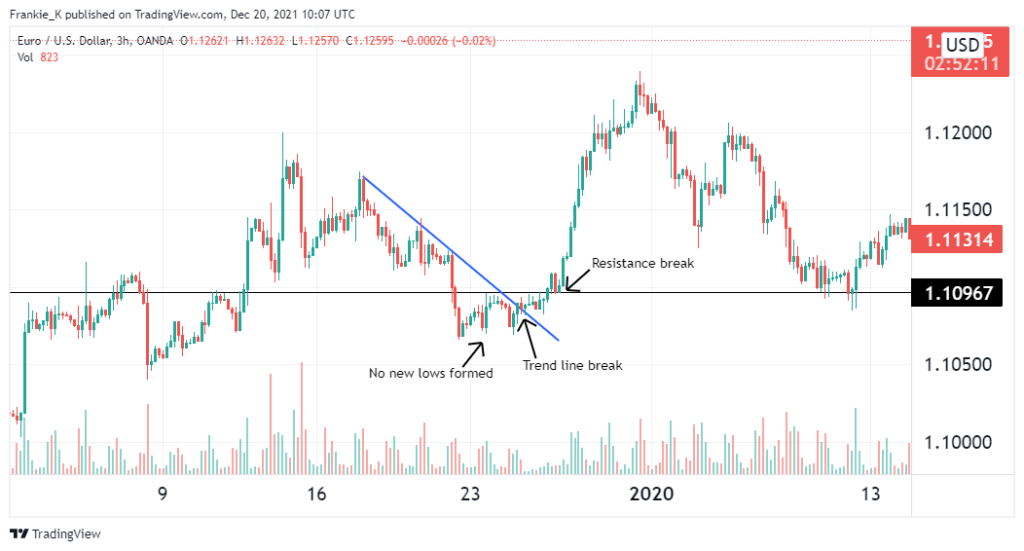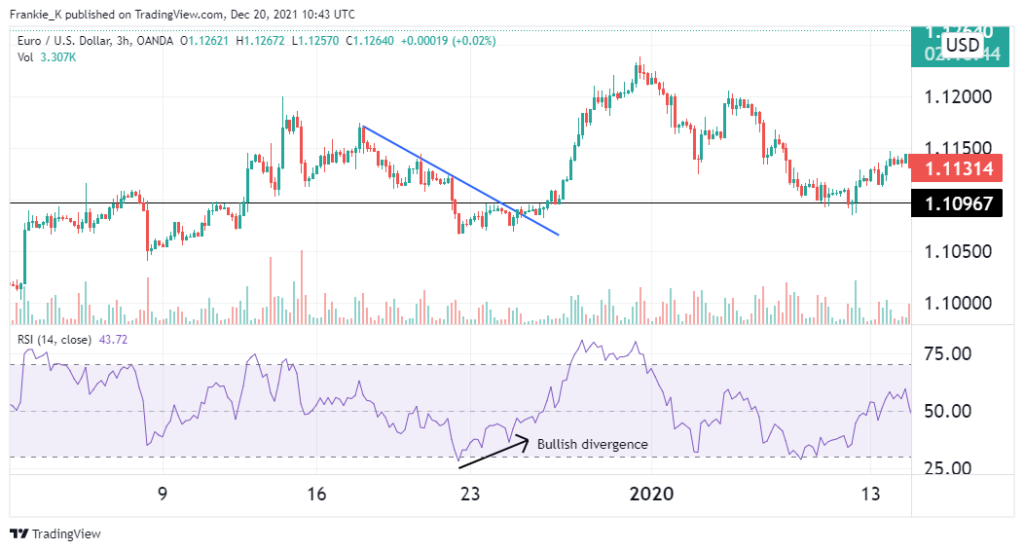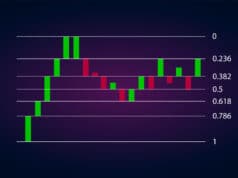There are several situations on price charts that technical traders keep their eyes peeled for. Some of them occur on short timeframes, thus presenting opportunities for scalping. Others occur on much longer timeframes and these present traders with swing trade opportunities. There is yet another class of these technical events that could manifest in any timeframe. One such event is a short squeeze.
Short squeeze definition
A short squeeze is a situation where a sustained downtrend transforms into a rally. Usually, bears who had gone short during the prior downtrend find themselves holding on to losing positions, which usually prompts them to close their positions at a loss. Squeezing out of bears holding short positions is what earns the phenomenon its nomenclature.
The more the bears exit their positions, the more the bearish sentiment weakens, thus driving the uptrend even higher. These short squeezes may manifest in a variety of degrees, from a sharp, sudden uptrend to a slow, sustained rally.
Factors causing short squeezes
There are several reasons that could be behind the development of a short squeeze. For one, a currency pair may have been in a prolonged downturn that investors feel the pair is undervalued. As they start buying, the bullish sentiment grows exponentially, forcing the bears to exit their positions.
Alternatively, a short squeeze may occur after a majority of traders who had gone short take their profits as their targets are hit. It may also be caused by the release of major economic news that surpassed expectations or major geopolitical news. Similarly, statements from a central bank governor may result in a short squeeze. Sometimes it will be observed at week’s end when traders close out their positions before the weekend or before a holiday period.
How to spot and trade a short squeeze
A short squeeze will always manifest as an uptrend occurring after a decline. Sometimes, the short squeeze will just be a blip within a trend or a short-term correction before the downtrend continues. Other times, it will be a complete reversal of the prevailing trend.
As aforementioned, a short squeeze may often compel traders into making speculative buys. This can result in large price spikes following the increase in buying momentum. If you take suitable positions as these uptrends manifest, you could find yourself taking home substantial profits after the fact. For this reason, let’s dive into a few strategies you can employ to trade short squeezes.
1. Breakouts above major resistances
One of the easiest ways of identifying a short squeeze is by using trendlines and valid resistances. A bearish trend is usually identified by prices making lower lows as the trend progresses. By connecting the swing highs during the downtrend using a trendline, we can create a resistance line that prices do not cross. If prices cross above this trendline, this could be our indication to enter long trades, marking the start of our short squeeze.
It is not uncommon for prices to retest a broken trendline, and trading at the first break above the trendline may prove risky. For that reason, we identify a nearby line of resistance that prices have bounced off of severally in the past. Once prices break above this line after breaking out of the trendline, it acts as a confirmation of our bullish signal.

The figure above shows a classic short squeeze setup. Observe the bearish trend adhering below the trendline as prices create new lows. After a while, new lows cease to form, and prices soon break past the trendline. This was the first signal of the short squeeze. Soon after, prices break past the resistance line, giving confirmation that the squeeze was indeed valid.
To effectively trade this setup, you would enter a buy trade at the resistance breakout and place a stop loss below the last swing low of the prior bearish trend. A suitable profit target would amount to twice the risk or more depending on your risk to reward ratio.
2. Using momentum indicators
You can utilize numerous indicators to spot an emerging short squeeze. The best indicators for this purpose are momentum indicators such as the RSI and stochastics. These indicators are instrumental in indicating the waning momentum of a trend, which is usually how short squeezes begin.
Taking the RSI, for example, during a downtrend, waning selling pressure would manifest in the form of a bullish divergence. This simply means the indicator would be making higher lows while the price records lower lows. This gives the indication that a trend reversal is imminent, which would result in a short squeeze.
Combining such an indicator with the breakout above a trendline and resistance level strategy, we would yield an increasingly accurate signal.

In the example above, we see the RSI start to rally even before the downtrend comes to an end. This was the signal that a short squeeze was coming. The signal was confirmed when prices broke above the bearish trendline and again when they broke past the resistance level.
This gave the perfect opportunity to enter a buy trade. Again, a stop loss should be placed below the prior downtrend’s lowest valley. A suitable take profit would be at a distance equivalent to at least twice the risk we take on this trade.
Conclusion
A short squeeze is a fairly common phenomenon in the forex market. It involves an uptrend occurring after a sustained downtrend, driving out those who had taken short trades in the pair, hence its name. You can easily spot a short squeeze using a combination of trendlines and resistances, which would give you the chance to make a long trade. To increase the accuracy of your signals, consider using a momentum indicator such as the RSI or stochastics in addition to the trendlines and resistances.




